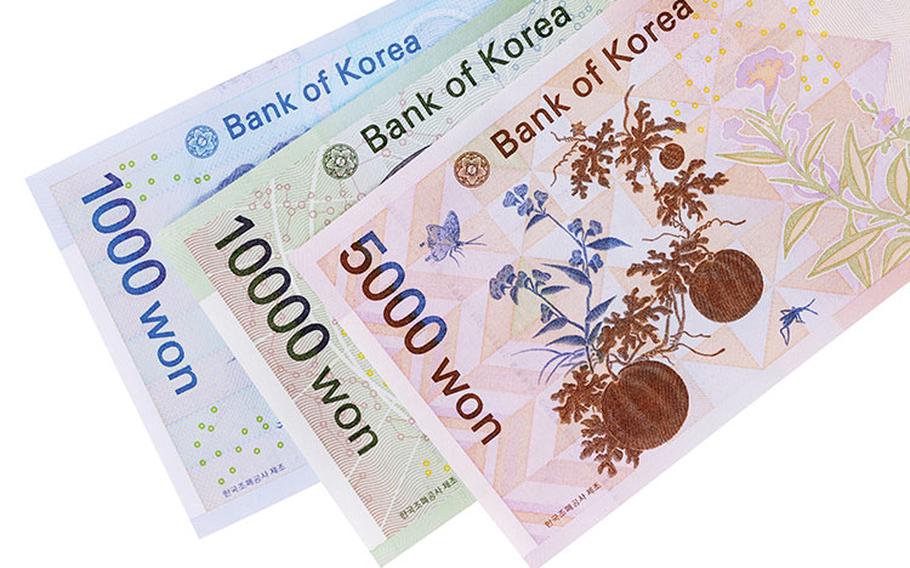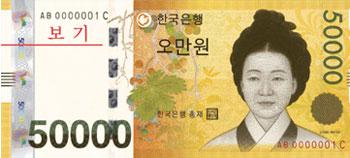Travel
Wonders of won: Korea's colorful currency
Korea Tourism Organization April 26, 2025

(Korea Tourism Organization)
Korean currency can be largely divided into four coins and four bills, with denominations of 10, 50, 100, 500 and 1,000, 5,000, 10,000, 50,000 won, respectively. While traveling, it’s possible all you will notice is how quickly money seems to fly from your hands. However, if you take a closer look at the characters and designs on the bills, you will be greatly surprised! There are many tiny details about the important historical figures they present and their related tourist sites.
1,000 won

1,000 won bill (Korea Tourism Organization)
Korea’s most common bill is the 1,000 won (about $1) in a pretty blue color. The front of the bill features flowers, a hanok building, and a portrait of a man, with the back sporting a landscape painting of a river and wooded mountains.
5,000 and 50,000 won

5,000 won bill (Korea Tourism Organization)

50,000 won bill (Korea Tourism Organization)
The 5,000 won ($5) and 50,000 won ($50) bills have a secret that cannot be found on any other forms of currency throughout the world! The special point of these bills is in the relationship between the two figures depicted; they are the only two figures to be related as mother and son! Shin Saimdang (1504-1551), featured on the 50,000 won bill, is also the only female on Korean currency, and is perhaps best well-known as being a good wife and wise mother.
10,000 won

10,000 won bill (Korea Tourism Organization)
The last Korean bill to examine is the green 10,000 won ($10) bill. The figure on this bill is Joseon Dynasty’s fourth king, King Sejong (1418-1450). He is known as being a monarch who, when it came to politics, always considered the needs of the people first. Thanks to this love of the people and his many achievements, the people began to attach the title “the great” to the end of his name.
Coins

10 won coin (Korea Tourism Organization)

50 won coin (Korea Tourism Organization)

100 won coin (Korea Tourism Organization)

500 won coin (Korea Tourism Organization)
Like Korean bills, Korean coins also have various images that represent the nation and its history. The smallest coin, worth 10 won, displays an image of national treasure Dabotap Pagoda. This stone pagoda is one of the nation’s most fantastic structures and is located at UNESCO-designated Bulguksa Temple in the city of Gyeongju. The 50 won coin has a single stalk of rice ready for harvest, while the 100 won coin features Admiral Yi Sun-shin (1545-1598) who almost single-handedly defeated the invading Japanese force in the Imjin War. The largest coin with a value of 500 won has a flying crane, which is the symbol for scholars. In addition to these four coins, there are two other coins no longer in circulation.
COPYRIGHTS ©KOREA TOURISM ORGANIZATION. ALL RIGHTS RESERVED